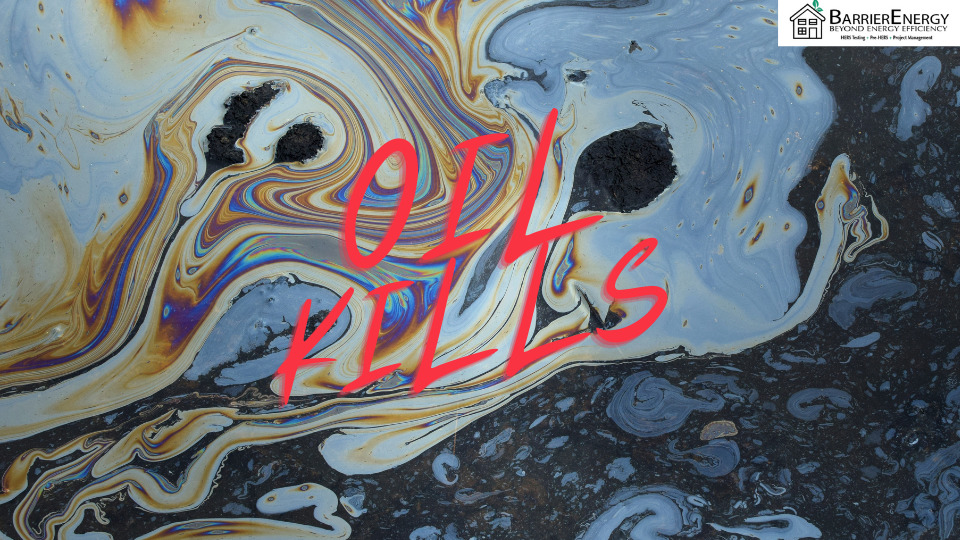Earth Day Origins:
In 1969, the United States’ third most impactful oil spill devastated the Santa Barbara coastline in California. The carelessness of greedy oil companies caused environmental harm to animals, people, and communities. President Nixon was even making remarks about how this touches the American conscience. So, you know it was bad. The visible destruction of wildlife and 800 miles of coastline triggered a response to make a change. People decided they needed to hold businesses and communities accountable for the environment we all share. Indeed, it was an initiation to connect with the natural world.
As a result, The California Environmental Commission (CEC) was born in Santa Barbara. The following year Earth Day was spearheaded by a California visitor from Wisconsin. He had been touched by the devastation he witnessed. What’s more, Republican President Nixon established the Environmental Protection Agency (EPA). With bipartisan support from Congress, Nixon was also able to establish the Clean Water Act, the Coastal Zone Management Act, and the Endangered Species Act within the next three years. Imagine all the different environmental protection has made!
A 50-year Legacy:
Country-wide outrage over the spill was covered by journalists. This led to huge shifts in our collective attitude toward engaging with oil. More regulations were placed on the oil companies to increase their accountability. Ever since Santa Barbara has been home to some of the most pioneering discussions and technologies about efficiency. Since the first Earth Day in 1970, environmental education and activism have taken root globally. What started as 20 million Americans gathering to discuss change, has now affected billions.
California continues to pioneer the world in cleaner energy. Santa Barbara and all along the coast remain a hub for environmentalists. Many intelligent minds gather here, close to nature, to learn from the land and the sea. New technologies are constantly being introduced to increase energy efficiency and decrease waste.
It hasn’t been all success, for sure. The oil industry has very deep pockets and many ties. Plastics and petroleum companies are also invested. Oil derivatives are used in cars, cleaning products, clothing, packaging, advertising, food, beauty, and medicine. People are quite attached to the convenience these products provide. Not to mention, Americans are much less likely to get on board with imposing limitations on their actions. We have such value for an individualistic worldview, but we must also find balance with the community.
CEC’s Virtual Santa Barbara Earth Day Festival
Santa Barbara continues to honor their Earth Day tradition with an annual festival. Since 2021 the celebration has transitioned into a virtual festival. Instead of physical booths, businesses and non-profits are holding virtual booths. Booths will be open continually from April 22nd through April 24th. Eventhub is hosting this three-day event with help from The California Energy Commission. Throughout the days, attendees will log on and be able to browse booths they are interested in by keyword searches. This way, members of the public can locate and support organizations dedicated to environmentalism. Of course, attendees will be educated through webinars, handouts, and links. Also, there will be a variety of giveaways and auctions for visitors to sign-up for. Nonetheless, not meeting in person is going to change the heart of the festival.
BarrierEnergy:
At BarrierEnergy, we are passionate about helping the environment. Our certified HERS Raters enforce energy efficiency codes set by the California Energy Commission. We are based out of Santa Barbara, so this story hits close to home for us! Learn more About Us.


Recent Comments